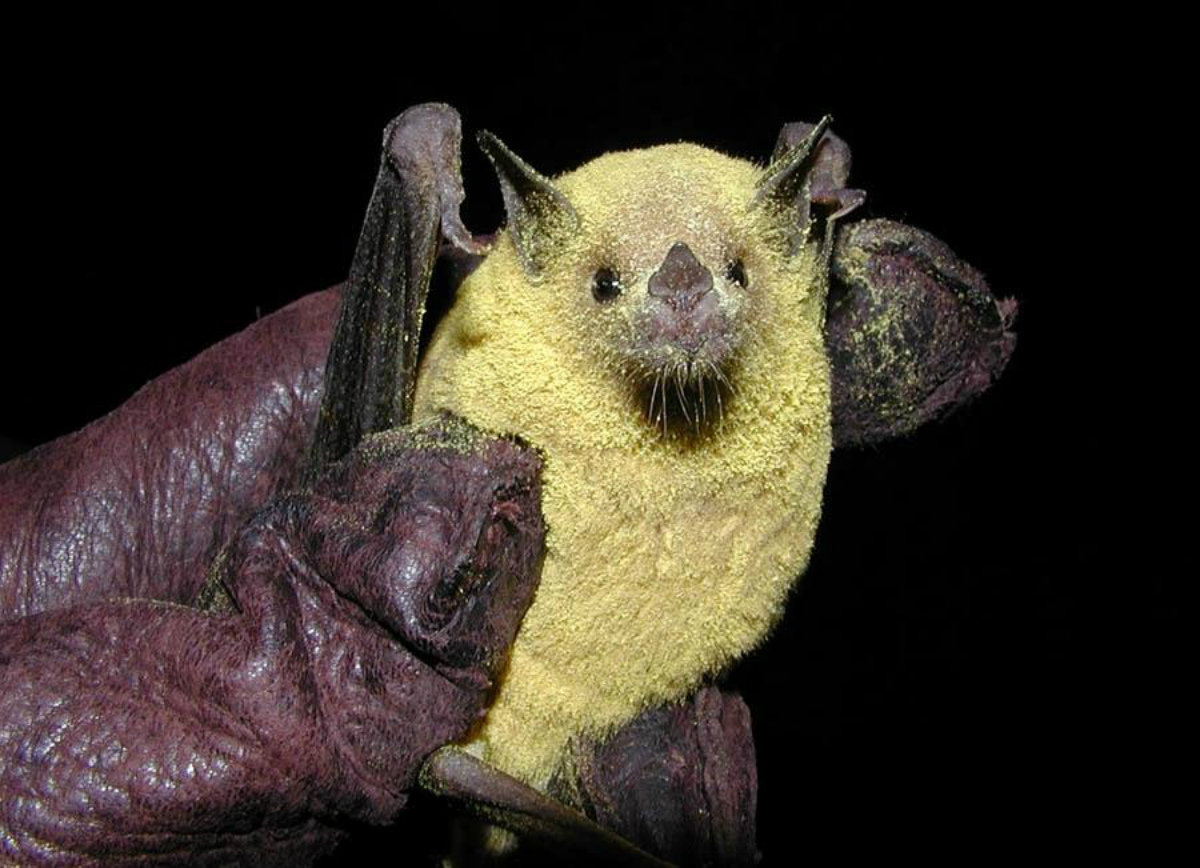In Photos: The Eerily Beautiful Bats of Arizona
Hard workers

The bats of Arizona, like all bats around the world, provide many other positive functions for the environments in which they live. Healthy cave ecosystems are dependent on the excrement (guano) of bats by introducing nutrients in to the caves that then supports a complex invertebrate cave fauna. The guano is the primary source of food for these and other cave organisms Loss of bats will cause the collapse of a healthy cave ecosystem. And as the picture above shows of a lesser long-nosed bat covered with the pollen of saguaro flowers, bats are vital pollinators of the cacti and agave flowers of the desert assuring another summer of successful seed production.
Strong yet vulnerable

The bats of Arizona are a varied group of unique mammals that successfully survive and thrive in the different environmental zones found across the diverse landscapes of the state. Arizona bats carry the same negative and positive myths and legends that all bat species found around the world do. Habitat loss is their primary source of danger. But a fungal disease known as white-nose syndrome and first appeared in the caves of New York in 2007 has become a new and significant threat. Scientist estimate that between 2007 and 2018 millions of bats in the United States and Canada have died of this catastrophic disease. New research at the University of New Hampshire using ultraviolet light has given scientist their first positive tool to combat white-nose syndrome, one of the most devastating wildlife diseases ever recorded.
Get the world’s most fascinating discoveries delivered straight to your inbox.


